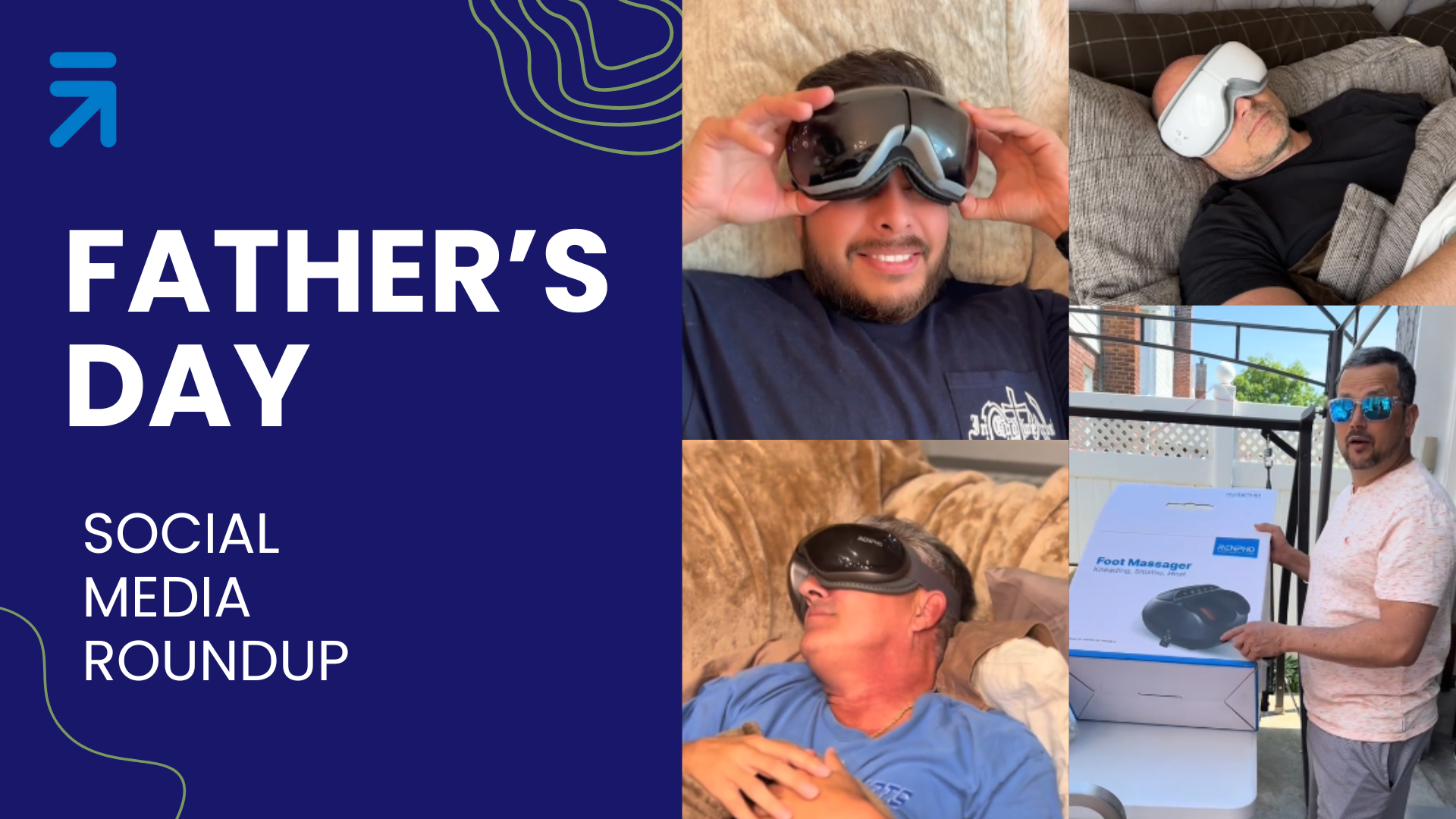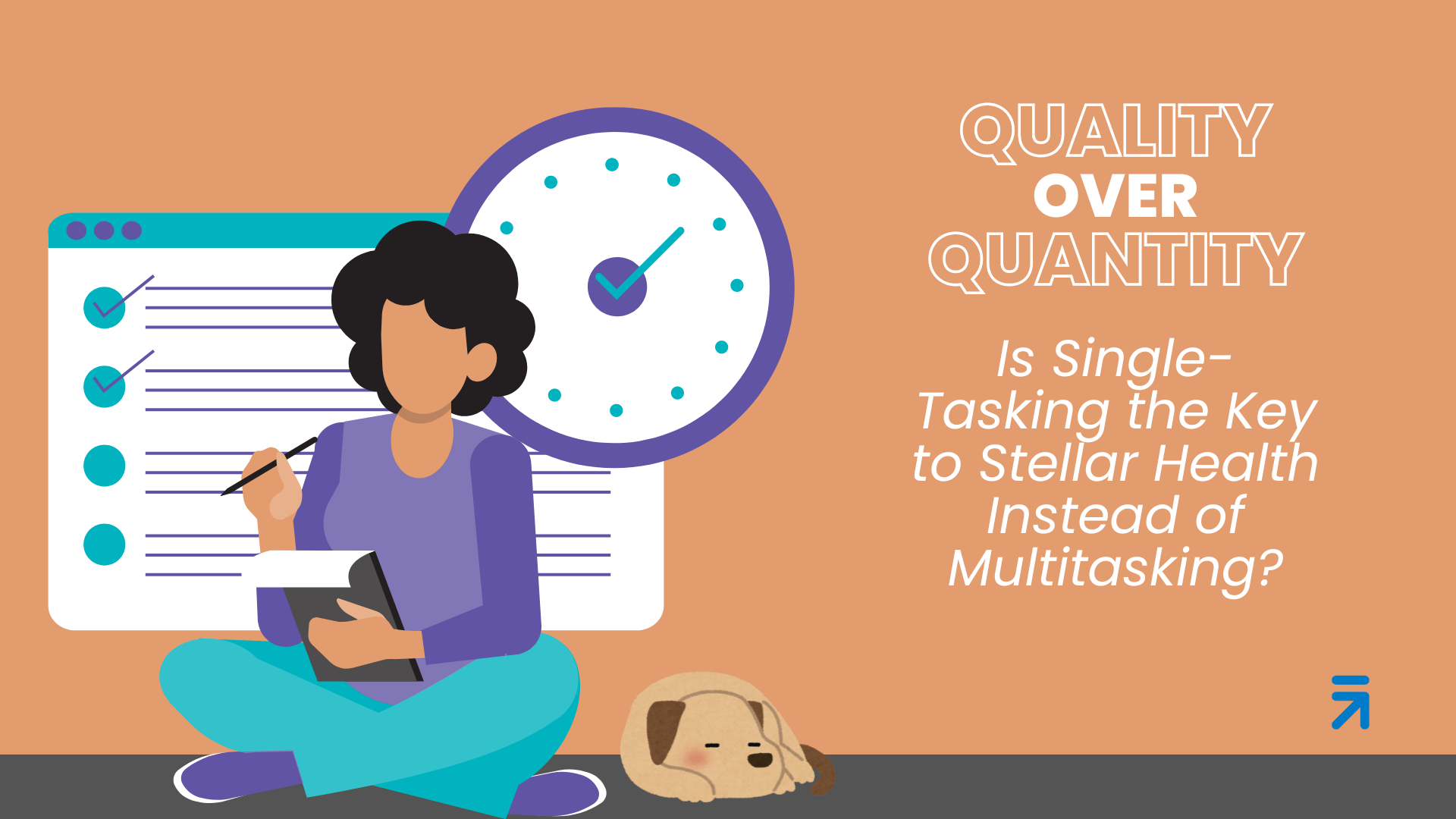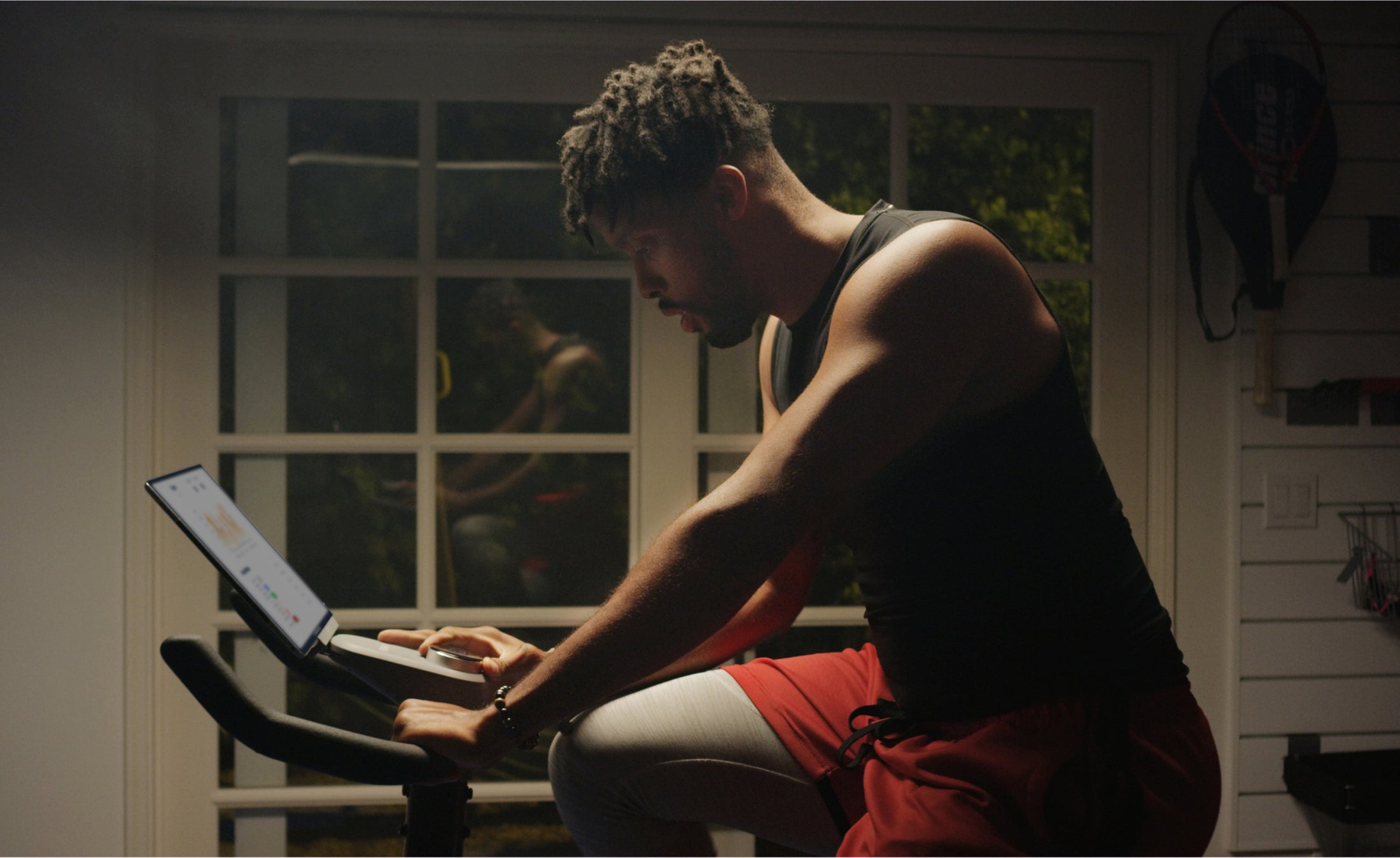Making the Process Smoother: Embracing the Journey of Slow Fitness

Stay tuned to our latest news
“Embrace Your Pace” is more than just a phrase; it is a philosophy for individuals who march to the beat of their own drum. As the seasons transition from the fresh blossoms of April to the sunlit days of June, this ongoing RENPHO series will help to highlight the myriad ways one can embrace a life lived at their own pace.
Living our busy, demanding lives means we are hustling whenever we can – during our spare time, on the weekends, and even on holidays. This includes our careers, fitness goals, academic desires, and our personal lives. However, embracing our own pace, especially learning how to do so, takes time. Like working out to achieve our dream bodies, slowing down our fitness days may be the best option to get to know our bodies more.
With the rise of high-intensity workouts, it is not too late to take a more mindful and slower approach to exercising. Embracing slow fitness allows for a more personalized and enjoyable journey towards health and well-being.
You might be wondering, is it possible to gain more strength and better form with slow fitness? This article will help break down why slow fitness is a sustainable option for prioritizing self-care and developing a deeper connection with ourselves.
Slow Workouts in the Age of Hustling

As we are in the midst of a hustle culture, almost embedded into our society even, it is easier to get stressed and burnout is becoming more prominent. Often tagged by motivational speakers as a great way to earn more and develop ourselves better, younger generations tend to foster a "hustle culture" that puts work above all else. While being a full-time employee, we may find ourselves looking for part-time gigs, starting various side hustles, or putting up a business. This means finding the time to exercise may feel rushed or excessive, especially with high intensity workouts.
Jon Brooker, physical wellbeing expert at Westfield Health, said that while an intense and quick workout can feel like the easiest way to hit our fitness goals, high-intensity workouts can be counterproductive for people who experience high levels of stress.
This is where slow workouts or slow fitness comes in. According to happiful, slow fitness is the mindful and deliberate approach to exercise, performing fitness at a slower pace while focusing on consistency and technique. Similar to the concept of "slow living", which emphasizes slower approaches to find balance and purpose in our everyday lives, engaging in slow fitness means to work out intuitively and prioritize the type of exercise our bodies need more and at that moment.
Not only does it improve mind-body connection and reduce stress and anxiety, but it also brings other physical and wellbeing benefits such as:
- Improves sleep quality: Prioritizing slow workouts involves gentle movements that release tension in the muscles, thereby increasing relaxation for better sleep quality.
- Promotes relaxation: Slow fitness lets individuals become more self-aware, in thoughts, emotions, and physical sensations.
- Reduces injuries: This type of fitness focus on the quality of the exercise over the quantity. Maintaining proper form throughout each exercise is the key to prevent sudden injuries and ensure you get the most out of the workout.
How to Embrace Slow Fitness?

Recovery is as important as the adrenaline we get from workouts, and incorporating slow workouts or maybe switching entirely to slow workouts may be beneficial while in a busy workplace.
Setting realistic fitness goals is important when trying slower workouts. The goal must be achievable in a slow yet steady progress, focusing on longevity and benefits from the exercise. Go for low impact workout options such as Pilates or yoga, instead of intense cardiovascular workouts that can only be done in a few weeks or whenever you have free time. Remember to not push yourself to achieve fast results, as great results take time.
Integrating mindfulness in your fitness routine maximizes the effects of slow exercise. Practicing mindfulness allows the body to let go of stress and tune into being fully present during exercises. While working on slow exercises, pay attention on how each movement feels, but listen to any signs of fatigue or weariness.
Slow workouts should incorporate rest and recovery as well. These exercises allow the body to recuperate and prevent burnout, while improving your overall performance in the long run.
Balancing Slow Fitness with Life’s Demands

Is it possible to balance slow workouts with the daily demands of the workplace? Yes, it is a matter of finding balance between prioritizing your health and your everyday responsibilities.
Time management is a crucial part of having busy schedules, and plotting time slots for slow workouts can help you focus on your fitness goals. Find a routine that works best for your schedule, and adjust accordingly - meaning you could wake up earlier to workout or maybe take some time out of your lunch breaks for a bit of stretching.
In addition, slow fitness doesn't have to be just be Pilates or yoga. Go for small fitness steps such as taking the stairs or walking to work, which are considered slow, light exercises for that day.
It is also important to foster patience and consistency in achieving fitness goals with slow workouts. As these require a gradual approach, remind yourself that results are not instantaneous and require a bit of waiting to perfect them. However, commitment to regular workouts while maintaining consistency lets individuals achieve their desired fitness levels without the hassle.
Renpho Health Tips
-

Mind Matters at Work: Building Health and Wellness Resilience in the Workplace
May 29, 2024
Read more >
-

RENPHO Social Media Roundup: Father's Day Edition
June 5, 2024
Read more >
-

From Agony to Ahh: How Regular Foot Massages Can Eliminate Heel Pain
June 18, 2024
Read more >
-

RENPHO Buzz: Why RENPHO is the Perfect Gift for Father's Day!
June 13, 2024
Read more >
-

Quality over Quantity: Is Single-Tasking the Key to Stellar Health Instead of Multitasking?
June 18, 2024
Read more >




